is rated for shade but pops in Sun
rouge21_gw (CDN Z5b/6a)
9 years ago
Related Stories
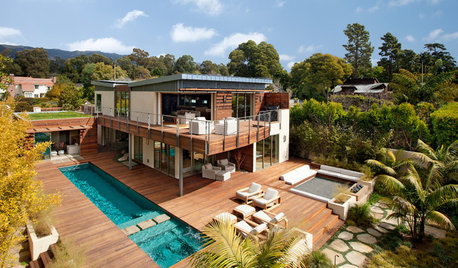
GREEN BUILDINGHouzz Tour: High-End Luxury, Highest Ecofriendly Rating in California
Solar panels and energy savers let this posh LEED Platinum home produce as much energy as it consumes
Full Story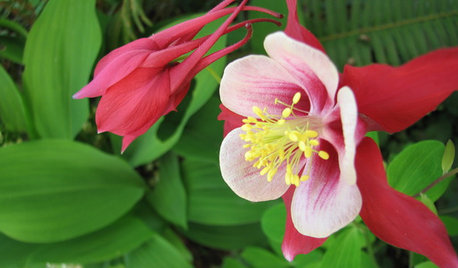
GARDENING FOR BUTTERFLIESGreat Design Plant: Columbine Grows Happily in Shade and Sun
Its ethereal beauty comes from complex forms and wide-ranging colors, but columbine’s benefits are highly attractive too
Full Story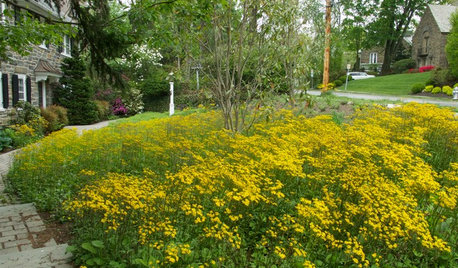
GARDENING GUIDESPackera Aurea Puts On a Springtime Show in Sun or Shade
This vigorous native ground cover welcomes bees with its early-blooming flowers and makes an attractive lawn alternative
Full Story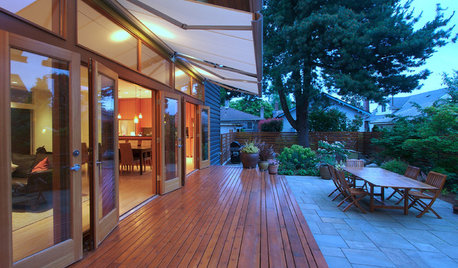
GARDENING AND LANDSCAPINGMade in the Shade, the Modern Way
Think beyond the patio umbrella with these 8 ideas for blocking the sun beautifully
Full Story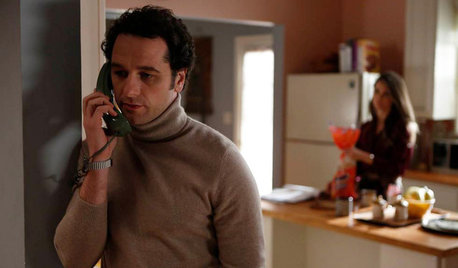
DECORATING GUIDESPop Culture Watch: 12 Home Trends from the '80s Are Back
Hold on to your hat (over your humongous hair); interior design elements of the 1980s have shot forward to today, in updated fashion
Full Story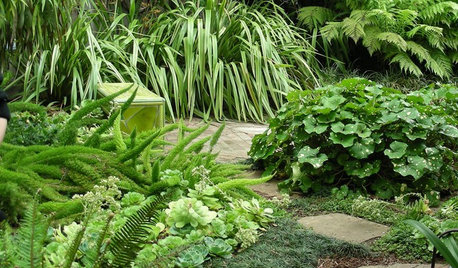
PLANTING IDEAS8 Sumptuous Shade Garden Plant Combinations
Enjoy these plant combinations made for spots with varying levels of shade and different garden zones
Full Story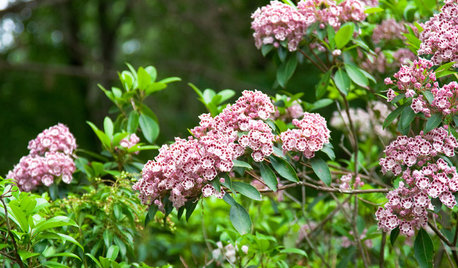
FLOWERS AND PLANTSKalmia Latifolia’s Origami-Like Flowers Shine in the Shade
This shade-tolerant shrub, also known as mountain laurel or calico shrub, thrives in East Coast woodland gardens
Full Story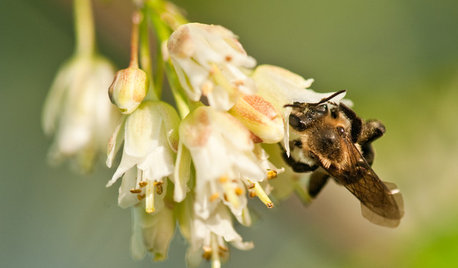
GARDENING GUIDESGreat Design Plant: Staphylea Trifolia Shines in the Shade
Plant American bladdernut for 3 seasons of interest: spring flowers and striped brown branches and bladder-like seedpods in fall and winter
Full Story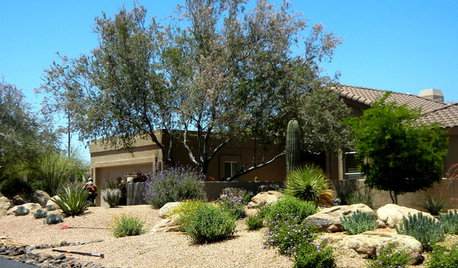
GARDENING GUIDESGreat Design Plant: Olneya Tesota Offers Desert Shade
This long-lived Southwestern native tree decorates the sky with its dusty gray-green foliage and lavender-colored blossoms
Full Story





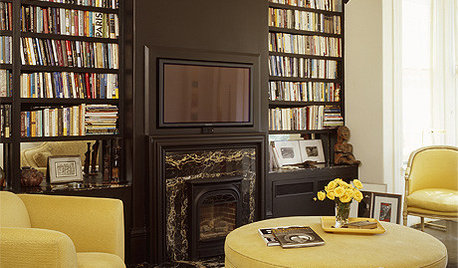
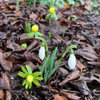


aachenelf z5 Mpls
gardenweed_z6a
Related Professionals
New Bedford Landscape Architects & Landscape Designers · Fort Lee Landscape Architects & Landscape Designers · Horsham Landscape Architects & Landscape Designers · Panama City Landscape Architects & Landscape Designers · Wareham Landscape Architects & Landscape Designers · Westwood Landscape Contractors · Fort Mill Landscape Contractors · Gaithersburg Landscape Contractors · Galveston Landscape Contractors · Gloucester Landscape Contractors · Placerville Landscape Contractors · Ronkonkoma Landscape Contractors · Soddy Daisy Landscape Contractors · Markham Landscape Contractors · Selma Landscape Contractorssara82lee
linaria_gw
shadeyplace
katob Z6ish, NE Pa
DiggingInTheDirt
greenhearted Z5a IL
wantonamara Z8 CenTex
greenhearted Z5a IL
christinmk z5b eastern WA